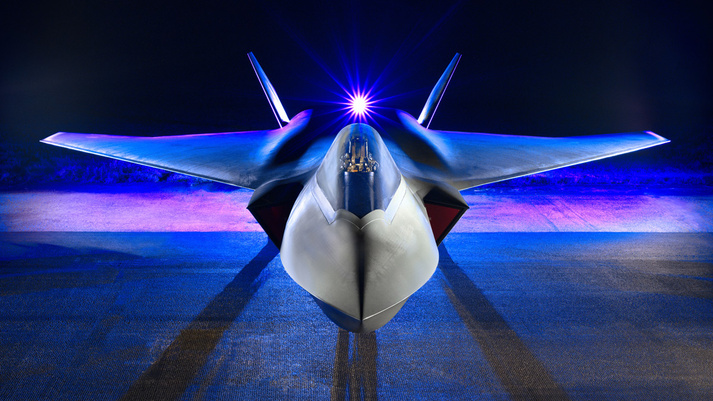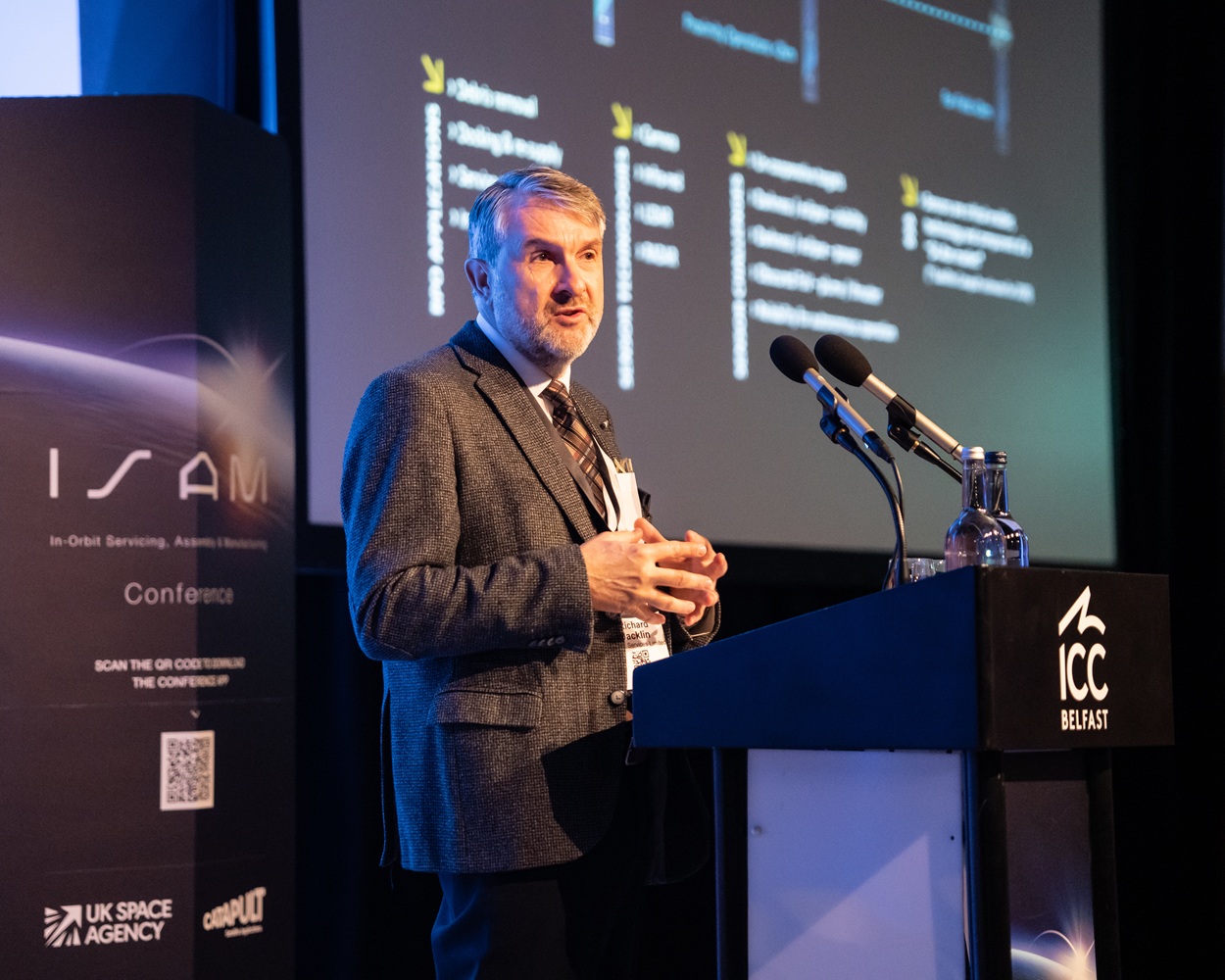Electrifying Tempest with industrial partnerships

Courtesy BAE Systems
This is the challenge facing Team Tempest, whose members have a once in a generation opportunity to design a future combat air capability from the ground up, utilising not only today’s technologies but those we expect to see decades from now.
Some of the technologies used to power Typhoon today, such as the use of bleed-off air from the engine, may be insufficient to supply all of the future needs of Tempest, which is likely to have an energy requirement similar to that of a small town.
The power requirement necessitates new thinking about power generation and energy management, from energy harvesting to on-board storage and near-instantaneous availability. Working with Rolls-Royce on propulsion and energy management, BAE Systems are exploring embedded electrical generation, taking current directly from the main engine shaft. Historically, gearboxes would have been used to do this but these are less efficient and for Tempest every watt counts.
Alongside its partners, the company is investigating systems that can be maintained in a ready or standby state and then powered to hundreds of kilowatts instantly, providing a ‘power when you need it’ capability. In this specific area, BAE Systems have a unique collaboration with Williams Advanced Engineering to leverage motorsport technologies that provide durable fast-charging energy capability.
Also, what of the sensors aboard? In collaboration with Leonardo, the expectation of engineers at BAE Systems is that these too will require increased power demands. Quantum sensing, for example, might need to operate in vacuums cooled down to microkelvins. For other thermal management on the aircraft, BAE Systems is working with Reaction Engines Ltd, who are developing groundbreaking heat-exchanger capabilities.
Managing all these various energy and power trade-offs is a 21st century engineering challenge that requires 21st century systems integration, from model-based engineering to novel solutions. Solutions which must also allow for new power demands of future technologies that will arise between now and the maiden flight.
In 2020, the team investigated the likely power requirements for Tempest and pulled together the relevant specialists and SMEs from defence and adjacent industries.
For the next 12-18 months, efforts will continue to explore and compare hardware, both digitally and physically in BAE Systems' unique Air Labs Flight Systems facility. Once they have finalised component level choices, these will then be tested within different architectures to optimise power management performance.












